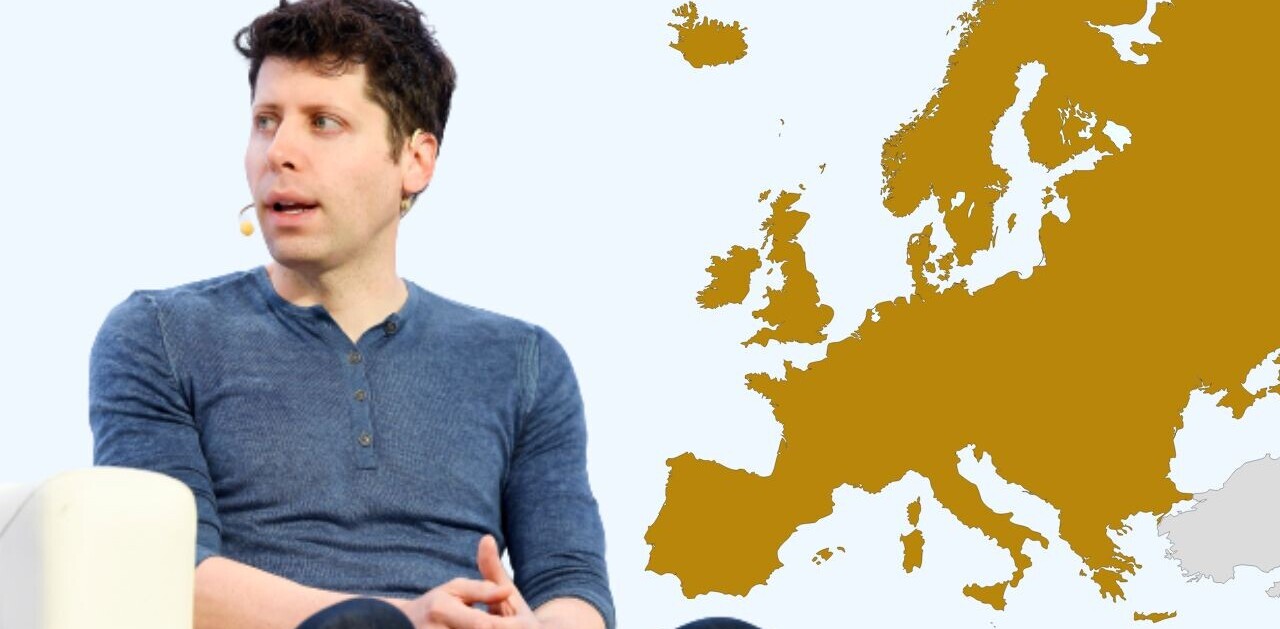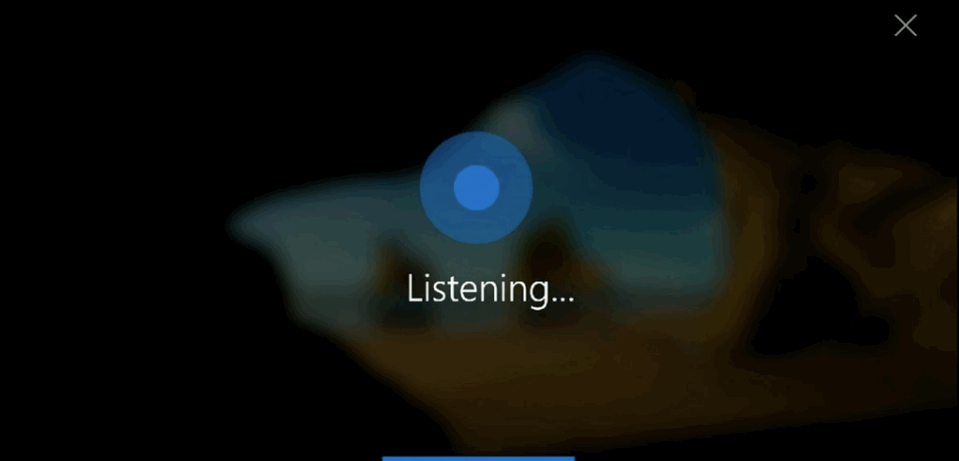
Build 2016 has one clear takeaway: Cortana is what matters, at least for now.
At almost every product or service announcement at this morning’s keynote, Microsoft made a point to mention that it would also work with Cortana. At a deep dive event for press later in the day, Microsoft further highlighted its commitment to the digital assistant.
Marcus Ash, Microsoft’s group program manager for Cortana, says the company believes Windows is the best place for voice conversations, and wants to make using Cortana as simple as stating a conversation.
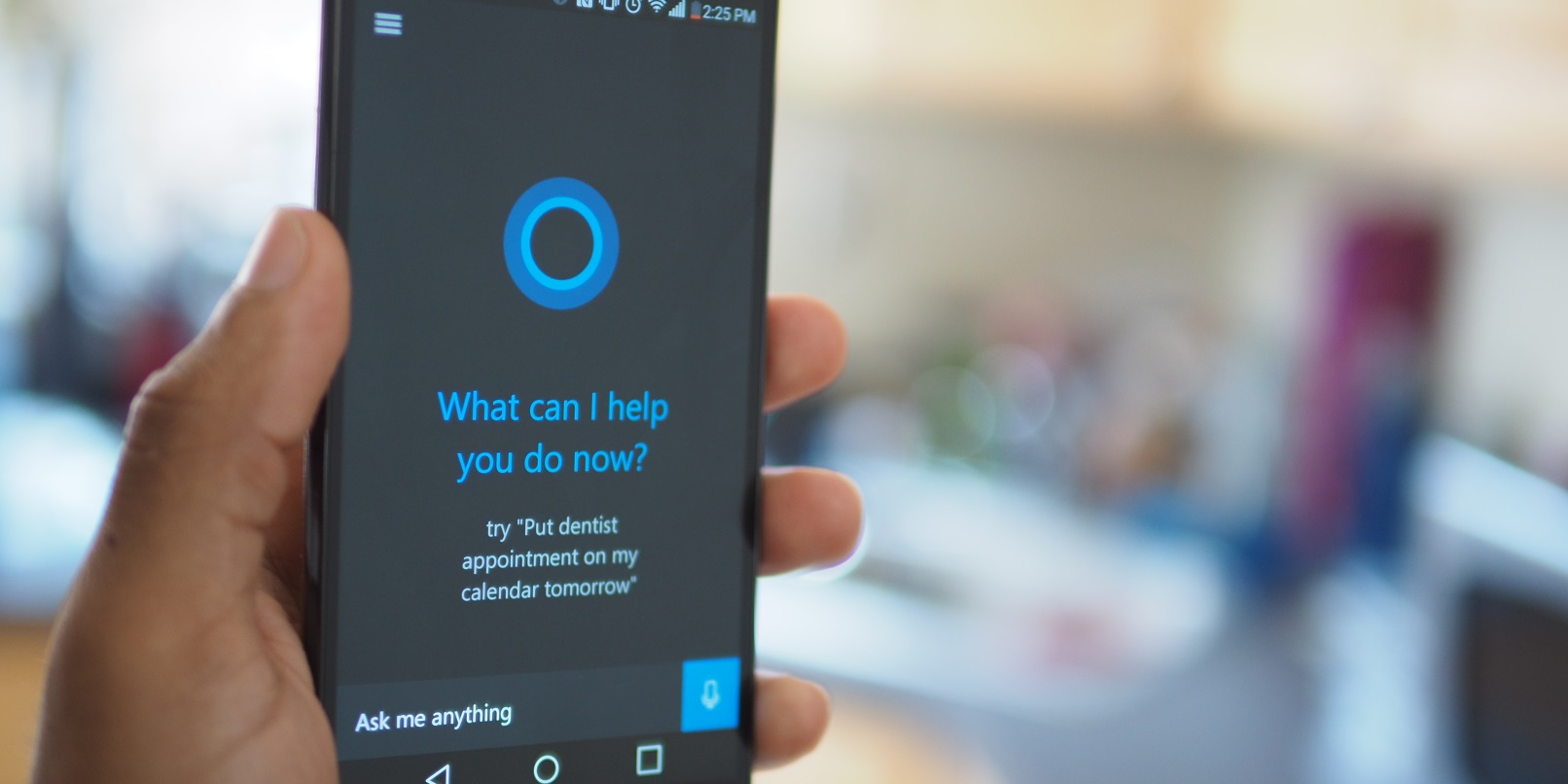
Her abilities on Windows are powered by two important ingedients: the cloud and bots. Cortana being cloud based is nothing new, but it allows her to stretch into other services seamlessly without taxing your device.
Bots and apps are what she’s looking for from her perch in the cloud, too. Cortana dipping into apps comes courtesy of deep linking, a new ask of developers. Her ability to peek into apps can be limited, of course, but developers are still being asked to let her do as much.
Bots are a brand new idea for Microsoft; so much so that it has given the concept its own platform. Developers are now encouraged to create bots for their services, giving Cortana means to communicate with another digital layer before returning info to you.
She’s also coming to Xbox and HoloLens — and your lock screen. Now that Windows is going all-in on Universal apps, Cortana will be everywhere.
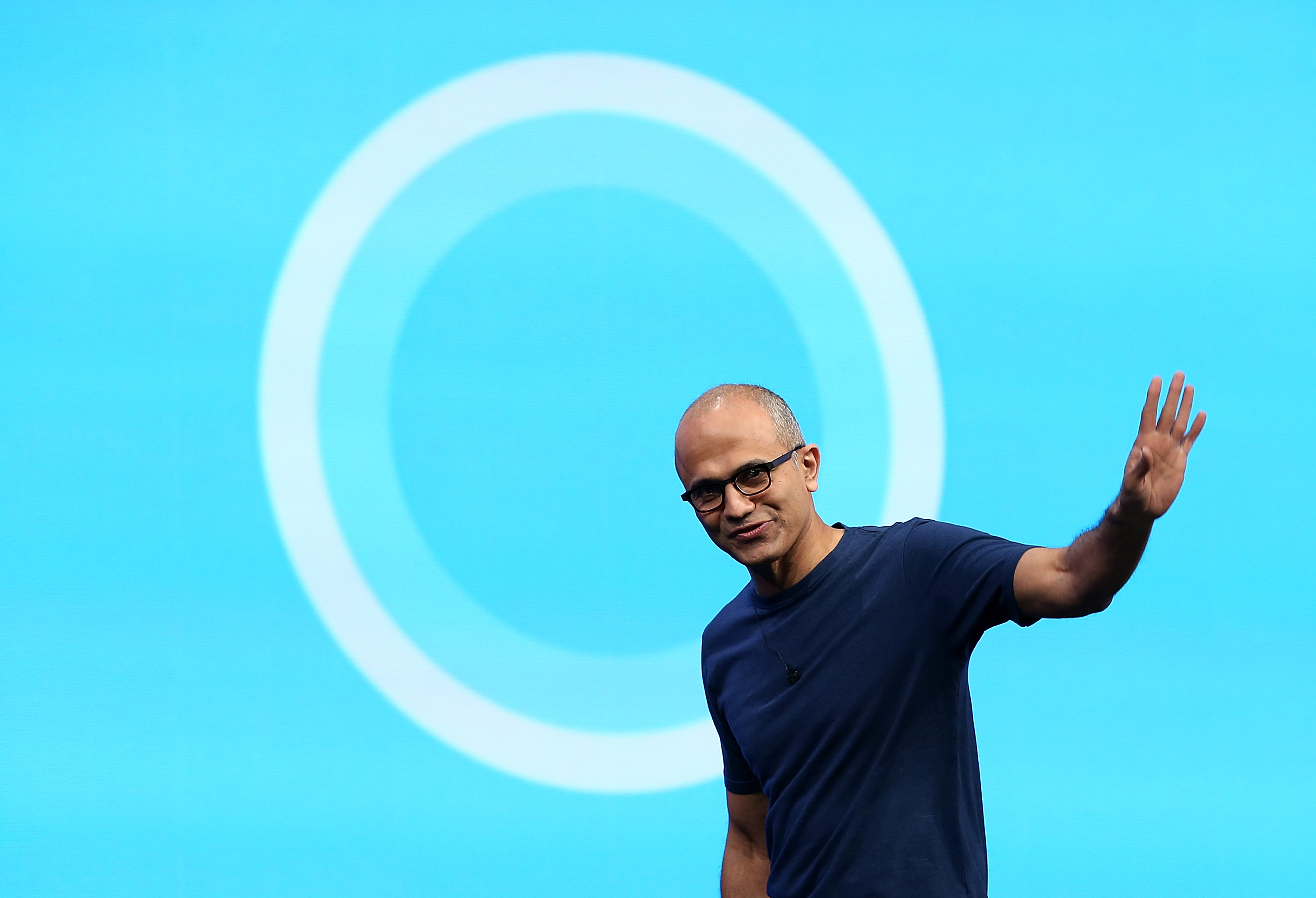
Initially, Cortana is coming to 13 countries. Microsoft says it’s limiting the rollout to focus on digging through feedback and making Cortana brilliant before expanding her reach.
Countries receiving Cortana are also home to widely used languages like French, English and Spanish. Microsoft believes honing Cortana’s voice detection for those languages will when the rollout widens.
It’s all very promising, and that’s part of the problem. Microsoft has again asked us to lean into their favorite technology just as it did with Windows Phone, which the company now says it’s not focused on. We were all told Windows mobile was New Coke, and especially great for using Cortana anywhere.
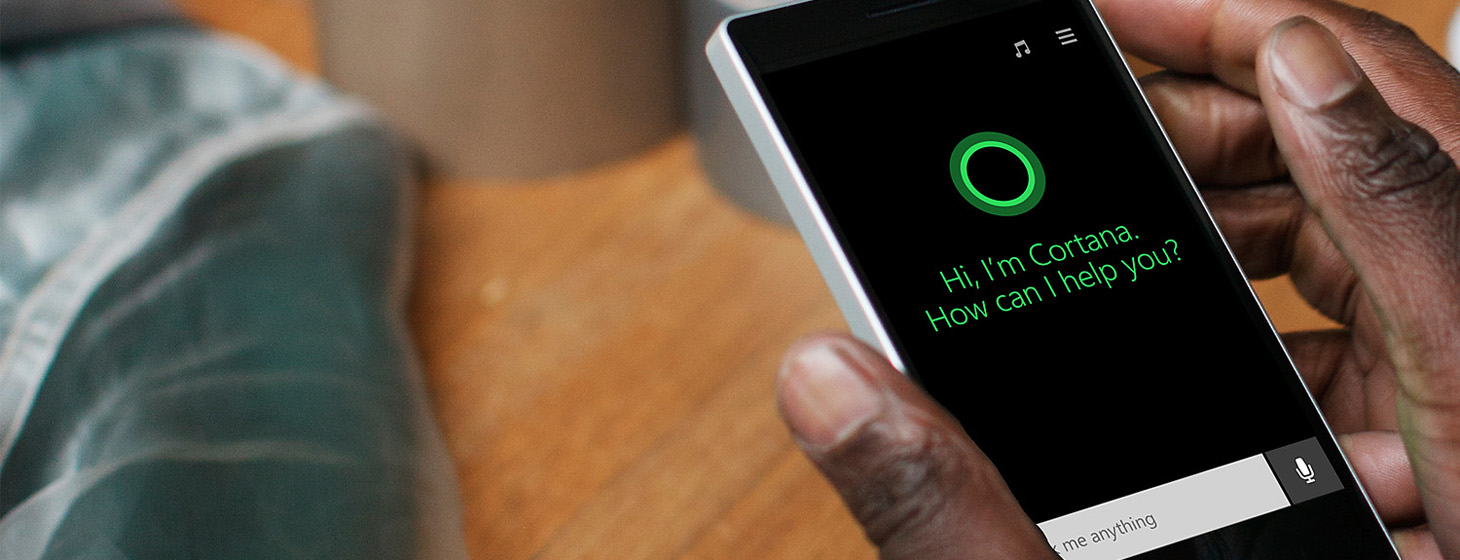
It’s still about ‘Cortana everywhere,’ but Microsoft is relieving her from existing only on Windows hardware. Its digital assistant will still be available on iOS and Android, but it’s clear she’ll be at her best on Windows.
But the real question is whether or not Cortana can encourage switchers, either on the desktop or mobile. There’s no fast answer there, either; Microsoft’s message is that Cortana still doesn’t know everything, and will only roll out to a wider audience when she’s nearly perfect.
Pragmatism in the fast moving world of technology is either the smartest move Microsoft can make, or the worst. It’s easy to trust that Microsoft is dedicated to Cortana, but they were also all-in on Windows for mobile devices — suddenly a distant memory,but still “pat of the family.”
If we hear about Cortana as much at Build 2017 as we have today, it’s a good sign the company is committed. Until then, pragmatism is probably a good option for users, too.
Get the TNW newsletter
Get the most important tech news in your inbox each week.




